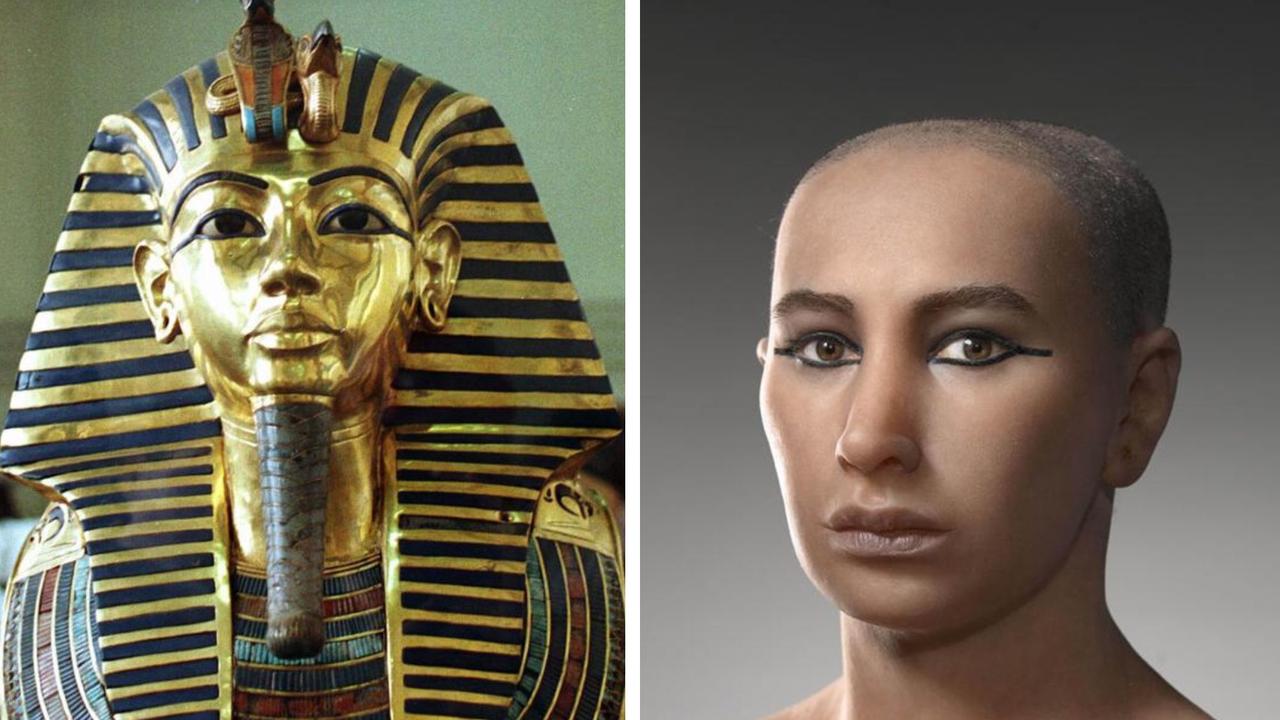9500-year-old wooden Shigir Idol offers a window into the minds of our Stone Age ancestors
IT’S older than Stonehenge and the Egyptian pyramids combined, and its hidden message could shake the world. So what exactly is the Shigir Idol?
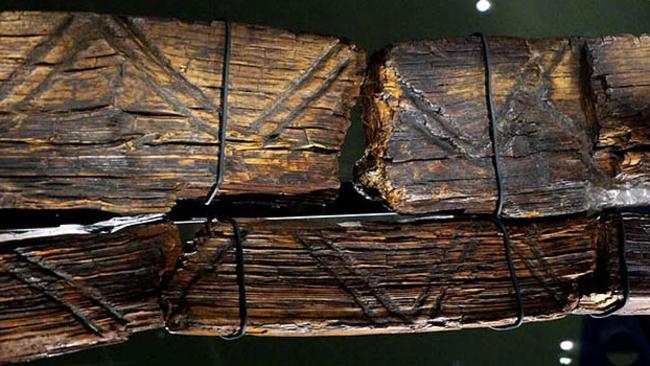
IT’S twice as old as Stonehenge and the Egyptian pyramids, and the hidden message it contains could shake the world.
Found miraculously preserved in the airless depths of a peat bog deep within the Ural Mountains, this tall larch-wood idol is the oldest piece of timber art known to exist. Nothing like it has ever been found before.
At 9500 years old, its survival is nothing less than extraordinary.
The stark featured face on top of the idol, with its straight nose and high cheekbones, gazes forth full of meaning. It’s just the most prominent of seven faces engraved into the ancient wood.
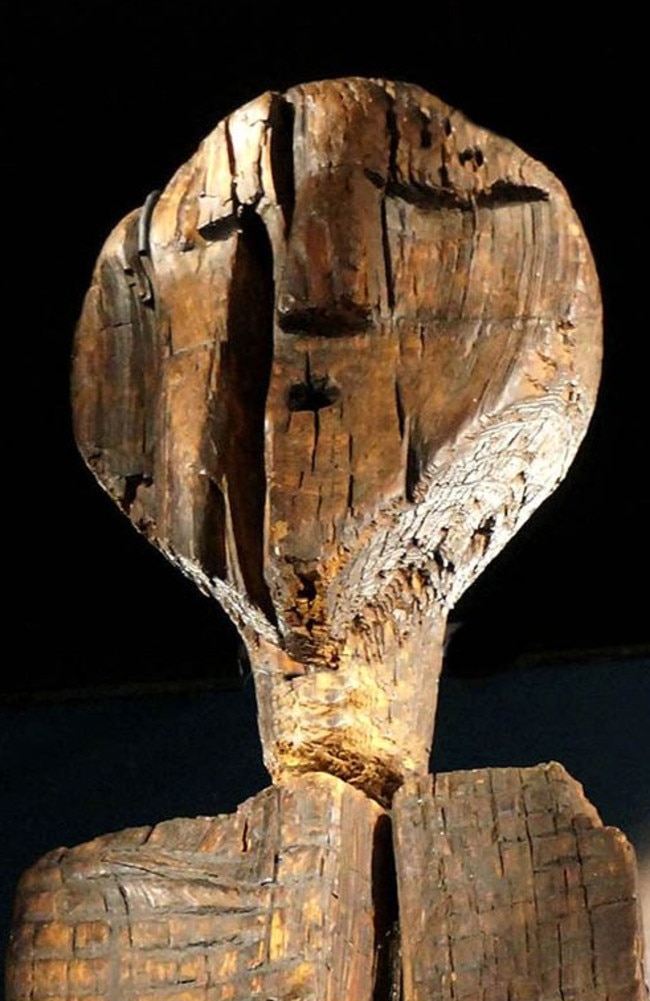
Then there are the mysterious etchings which cover both sides of the 5.3m tall pole.
Combined, it all represents a code which — if ever cracked — could offer unprecedented insight into the mindset of our most ancient ancestors.
RELATED: Ancient Phaistos Disk gives up its secrets
We know they built on a monumental scale — erecting megalithic structures across Europe before even agriculture was invented. Some may have been tombs. Some may have been sun-star-moon dials. Nobody really knows as the legends which surround them were made by people living thousands of years later who had themselves long since lost any understanding of the monuments’ original purposes.
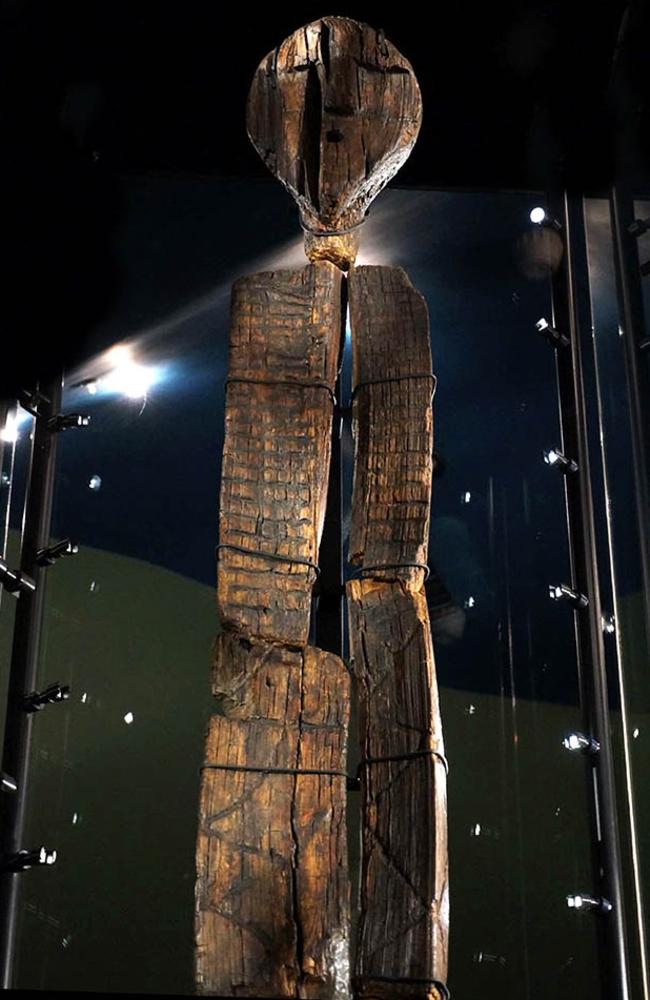
Originally uncovered in 1890, the idol has largely remained hidden from view as it survived revolutions, world wars and civil disorder. It’s only now that Siberia has won worldwide attention for a series of amazing ancient finds that the money — and the will — has been found to examine this most ancient of artefacts.
Now, the Shigir Idol could open a new window into what we know only as the Stone Age.
Svetlana Savchenko, chief keeper of Shigir Idol in Siberia, has told the Siberian Times a team of German scientists expect to pinpointing the exact age of the fragile wooden totem pole by early next year.
Academics have also redoubled their efforts on attempting to understand the majestic idol’s pictograms, symbols and patterns which adorn its surface.
Is it a primitive form of written language?
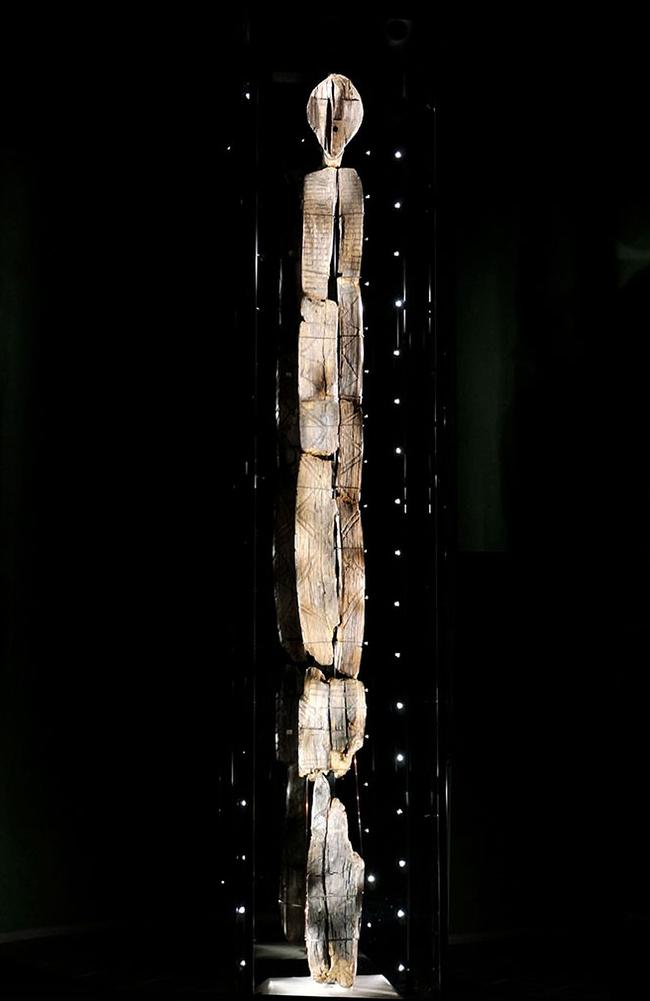
If so, it could turn our understanding of history — and our own minds — on its head.
“It is obvious that the elements of geometrical ornament had some meaning,” Savchenko states.
Professor Mikhail Zhilin, of the Russian Academy of Sciences’ Institute of Archeology, agrees.
“We study the Idol with a feeling of awe. This is a masterpiece, carrying gigantic emotional value and force ... It is very alive, and very complicated at the same time.”
Both historians are convinced the markings covering the timber pole are intended to convey information. How, what and why remain beyond them.
We know the tough timber was gently gouged by a stone spatula to form the engravings. But that’s about all.
In an attempt to interpret the encrypted message, academics are turning to the record-keeping and map-making techniques of the Australian Aborigine’s, American Indians and other ancient indigenous cultures.
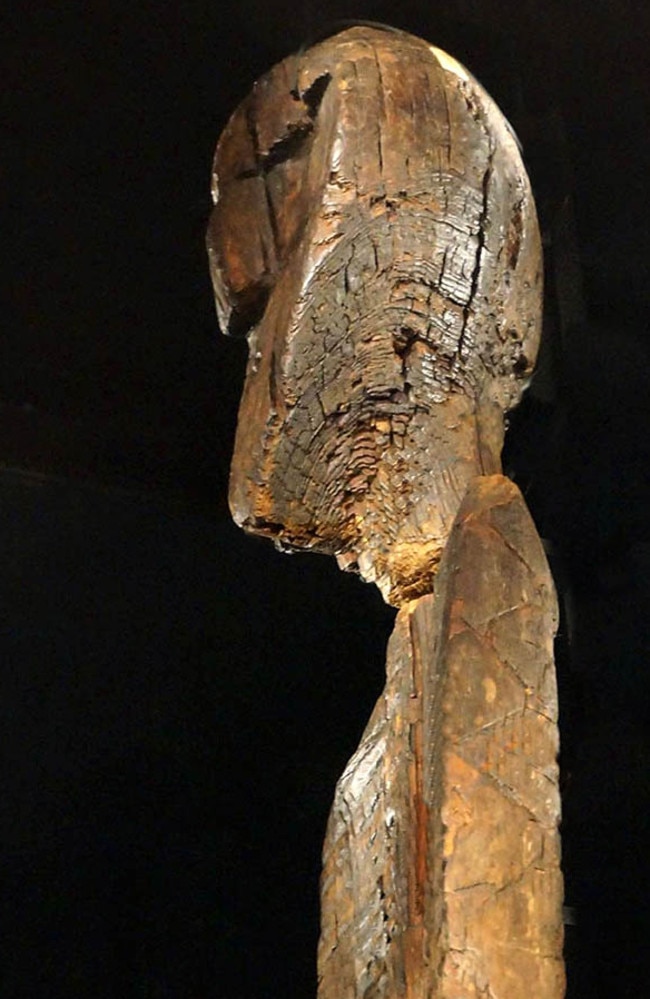
“A wavy line or zigzag symbolised the watery element, snake, lizard, or determined a certain border, Zhilin says. ”In addition, the zigzag signalled danger, like a pike. Cross, rhombus, square, circle depicted the fire or the sun, and so on.”
While academics ponder that its purpose may have been similar to that of a map or navigation guide, they readily admit they’re groping in the dark.
Different marks may represent landmarks, the number of days it takes to walk a distance, where to expect water — and so on.
Much more research is needed before this is substantiated.
But Professor Zhilin rejects any suggestion the idol was in any way an icon to a long-forgotten god’s ominous power.
“Forget it. The men — or man — who created the Idol lived in total harmony with the world, had advanced intellectual development, and a complicated spiritual world.”



